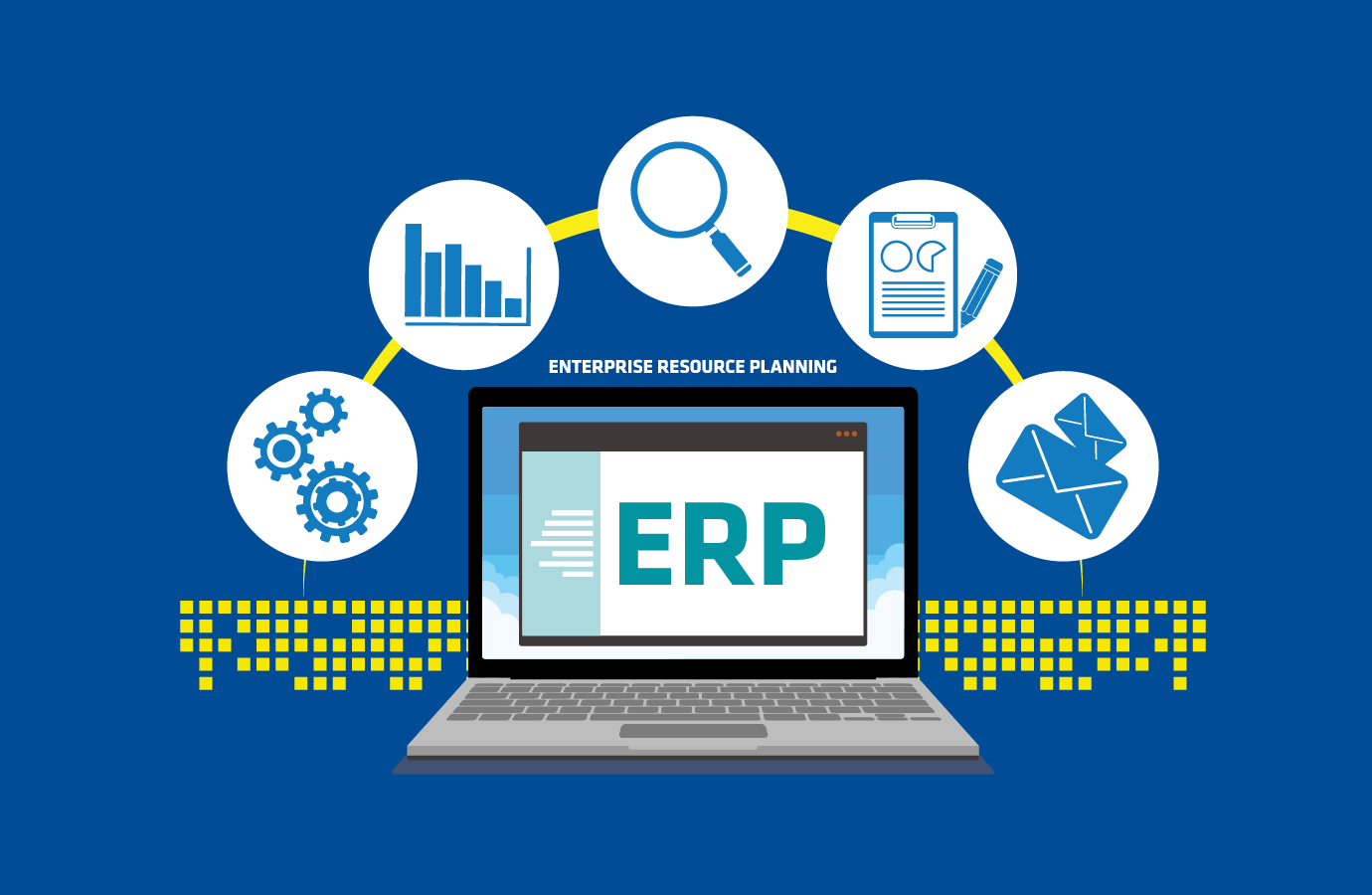Multi-Techno Integrated Solution

Table of Contents
ToggleThe Benefits of ERP Systems: A Guide to Selecting the Right Enterprise Resource Planning Solution
Enterprise Resource Planning (ERP) systems have become indispensable business tools to streamline operations and enhance productivity. In today’s competitive landscape, the benefits of ERP software are numerous. Yet, weighing advantages and disadvantages is essential before selecting and implementing an ERP solution tailored to your organization’s needs.
Advantages of ERP
Streamlined Processes
One of the primary benefits of ERP is the automation and integration of core business processes. ERP systems eliminate redundant tasks and reduce manual errors by consolidating data from various departments such as finance, human resources, supply chain, and manufacturing. This streamlining of processes leads to increased efficiency and cost savings.
Data Accuracy and Integration
ERP software ensures data consistency across all departments by centralizing information in a unified database. This integration enables real-time access to critical business data, facilitating informed decision-making. With accurate and up-to-date information readily available, organizations can respond quickly to market changes and customer demands.
Improved Reporting and Planning
ERP systems offer robust reporting tools that allow businesses to generate customized reports and analytics. These insights provide valuable visibility into performance metrics, helping organizations identify trends, forecast demand, and optimize resource allocation. With enhanced planning capabilities, companies can effectively adapt their strategies to meet evolving business needs.
Enhanced Collaboration
Collaboration is essential for driving innovation and fostering teamwork within an organization. ERP solutions promote collaboration by providing a centralized communication and project management platform. With features such as document sharing, task assignment, and workflow automation, teams can collaborate more efficiently across departments and geographic locations.
Disadvantages of ERP
High Initial Costs
One of the significant drawbacks of ERP implementation is the substantial upfront investment required. From software licenses and hardware infrastructure to consulting fees and employee training, the initial costs can be prohibitive for small and mid-sized businesses. However, it’s essential to consider the long-term Benefits and ROI of ERP Systems when evaluating the investment.
Complex Implementation
ERP implementation is complex and time-consuming, often involving extensive customization and integration with existing systems. Managing change and ensuring user adoption are critical challenges organizations face during implementation. Rationality can only encounter delays and cost overruns with progress and project management.
Resistance to Change
Resistance to change is a common barrier to Successful ERP Adoption within Organizations. Employees may be reluctant to embrace new technologies or modify established workflows, leading to resistance and productivity losses. Effective change management strategies, including training programs and communication initiatives, are essential for overcoming resistance and ensuring successful ERP implementation.
Dependency on Vendor Support
Maintaining an ERP system requires ongoing support and updates from the software vendor. Organizations may depend on vendor services for troubleshooting, software patches, and system upgrades. This dependency can pose risks regarding service disruptions, security vulnerabilities, and additional costs associated with vendor maintenance contracts.
Selecting an ERP System
Choosing the right ERP system is a critical decision that requires careful consideration of various factors.
Needs Assessment
Begin by comprehensively assessing your organization’s requirements, including functional capabilities, industry-specific features, and scalability.
Scalability
Ensure that the chosen ERP solution can accommodate future growth and expansion. Scalability is essential for adapting to changing business needs and incorporating new functionalities.
Customization Options
Evaluate the flexibility of the ERP software in terms of customization and configuration. The ability to tailor the system to specific business processes and workflows is crucial for maximizing ROI.
Vendor Reputation and Support
Research ERP vendors thoroughly and assess their reputation, industry experience, and customer support services. Choose a reliable vendor with a proven track record of successful implementations and responsive support.
Conclusion - Benefits of ERP
ERP systems offer numerous Benefits for Organizations seeking to improve efficiency, streamline processes, and drive growth. However, it’s essential to recognize the potential drawbacks and challenges associated with ERP implementation. By carefully evaluating the advantages and disadvantages and selecting the right ERP system aligned with your business objectives, you can position your organization for long-term success.
FAQs
- What are the primary advantages of ERP?
The primary advantages of ERP include streamlined processes, improved data accuracy, enhanced reporting and planning capabilities, and increased collaboration among teams.
- What are the main challenges of ERP implementation?
The main challenges of ERP implementation include high initial costs, complex integration requirements, resistance to change among employees, and dependency on vendor support for maintenance and updates.
- How can organizations overcome resistance to ERP adoption?
Organizations can overcome resistance to ERP adoption by implementing effective change management strategies, providing comprehensive training programs, and fostering a culture of openness and collaboration.
- What factors should organizations consider when selecting an ERP system?
When selecting an ERP system, organizations should consider their business needs, scalability requirements, customization options, and the reputation and support services ERP vendors offer.
- What is the importance of scalability in ERP systems?
Scalability is essential in ERP systems to accommodate future growth and expansion, ensuring the system can adapt to changing business requirements and seamlessly incorporate new functionalities.
About Us
ERP software and systems are designed and implemented by Multi-Techno, a registered company. By combining data from financials, sales, CRM, inventories, and operations, businesses can increase productivity, make better decisions, and increase profitability with the aid of our ERP System, a single, integrated software platform.
Quick Links
Contact Us
Office # 100, 101 Second Floor Kohinoor 1, Faisalabad, Pakistan
